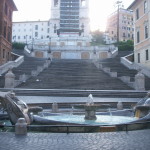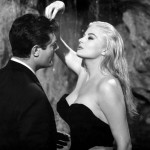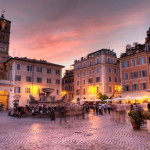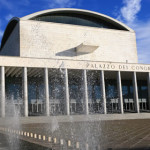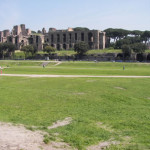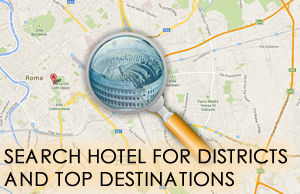Via Veneto
Data Pubblicazione giugno 15, 2014Located close to major sights in Rome, Via Veneto is within walking distance of the Vatican City and the Colosseum. Via Veneto winds its way from the Piazza Barberini to the Porta Pinciana at the Villa Borghese gardens. During the Roman Empire, this area was inhabited by the richest Roman families with their luxurious villas. The area became an extremely popular location again in the 1950s and 1960s, as it was the street that acted as a main setting for Federico Fellini’s 1960 movie La Dolce Vita. The area might not be as famed now as it was during its heyday, but it is still the premier street of this area, away from major hustle and bustle. It is now home to some of the fanciest and most expensive hotels in Italy’s capital city, and the nearby streets are lined with luxury shops, boutiques and restaurants.
As you proceed down Via Veneto, whose official name is actually via Vittorio Veneto, you can see the imposing American Embassy on your left. This majestic palace was originally the residence of the Ludovisi family, the original owners of most of the neighbourhood. Wider than most of Roman streets, in Via Veneto you get a really great feeling slowly wandering up the hilly street to the dramatic entrance to the gardens of the Villa Borghese. Typical of the area are the cafes on wide sidewalks.
At the base of the Via Veneto is Piazza Barberini. Just before you arrive at Piazza Barberini, you can see the Capuchin Church of the Immaculate Conception, built in 1645 and famous for its six-room crypt containing a macabre collection of human bones. There is no entrance fee, but remember that small donations are expected.
Via Veneto can be accessed via red Line A of the Rome Metro at the Barberini – Fontana di Trevi station. The 116 Electric bus runs from Piazza Barberini up Via Veneto and through the Villa Borghese Gardens, while in the other direction it goes past the Trevi Fountain, the Pantheon, Piazza Navona and finally to the Vatican City, before heading back to Via Veneto.
Related Posts
Rome Tour

Climb Saint Peter’s chapel
Rome top view is totally breath taking: your eyes will look right into Conciliazione’s street where you can ...Auditorium Parco della Musica
It is a multifunctional complex in Pietro de Coubertin street (official web site: auditorium.com): through this creation, Rome ...
CASTEL SANT’ANGELO’S TERRACE
You cannot miss Castel Sant Angelo if you are visiting Rome. In fact in its main entrance has tons ...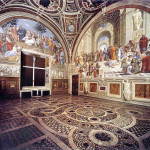
Musei Vaticani: le Stanze di Raffaello
It’s some kind of magic experienced in here that gives to the visitor a feeling that never goes ...
A Museum in Roma in Trastevere
The Museum of Roma In Trastevere (Piazza Sant'Egidio 1/b) it is a very characteristic place. Here there is ...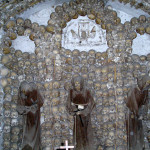
Santa Maria dell’Immacolata Concezione’s church
When you step in this church you will remain astonished from the beauty of the structure but either ...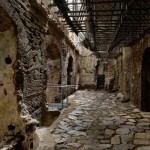
CRYPTA BALBI, NATIONAL ROMAN MUSEUM
Only one block that contain the whole Roman history: the crypt it is none other than a Lucio ...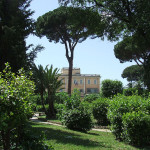
VILLA CELIMONTANA
While walking around Villa Celimontana (by Via della Navicella, 12) it is possible that you end up under ...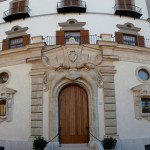
Monster’s house – Palazzo Zuccari
It is located at the bottom of Trinità dei Monti along Sistina and Gregoriana’s street, and it is ...